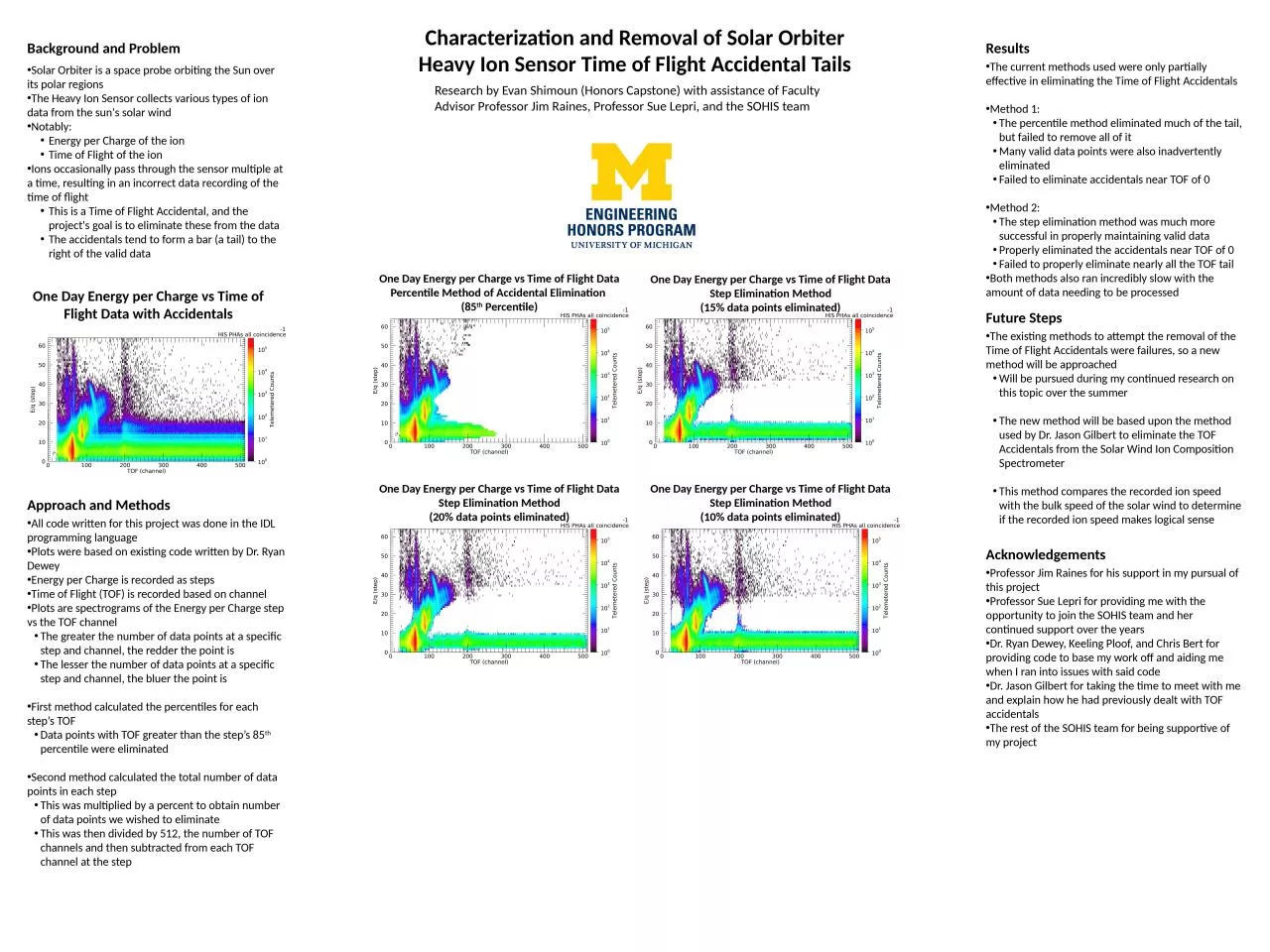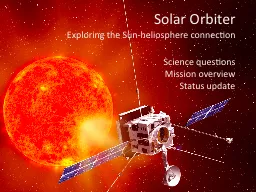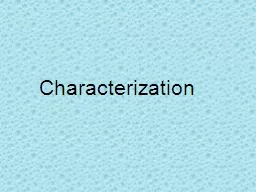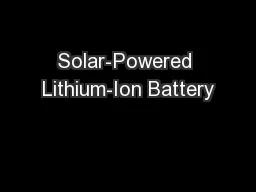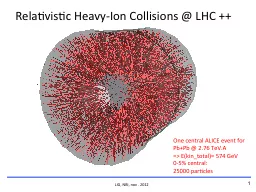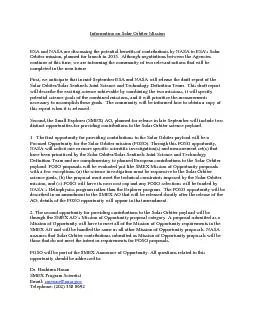PPT-Characterization and Removal of Solar Orbiter Heavy Ion Sensor Time of Flight Accidental
Author : rose | Published Date : 2024-01-29
Research by Evan Shimoun Honors Capstone with assistance of Faculty Advisor Professor Jim Raines Professor Sue Lepri and the SOHIS team Background and Problem
Presentation Embed Code
Download Presentation
Download Presentation The PPT/PDF document "Characterization and Removal of Solar Or..." is the property of its rightful owner. Permission is granted to download and print the materials on this website for personal, non-commercial use only, and to display it on your personal computer provided you do not modify the materials and that you retain all copyright notices contained in the materials. By downloading content from our website, you accept the terms of this agreement.
Characterization and Removal of Solar Orbiter Heavy Ion Sensor Time of Flight Accidental: Transcript
Download Rules Of Document
"Characterization and Removal of Solar Orbiter Heavy Ion Sensor Time of Flight Accidental"The content belongs to its owner. You may download and print it for personal use, without modification, and keep all copyright notices. By downloading, you agree to these terms.
Related Documents

